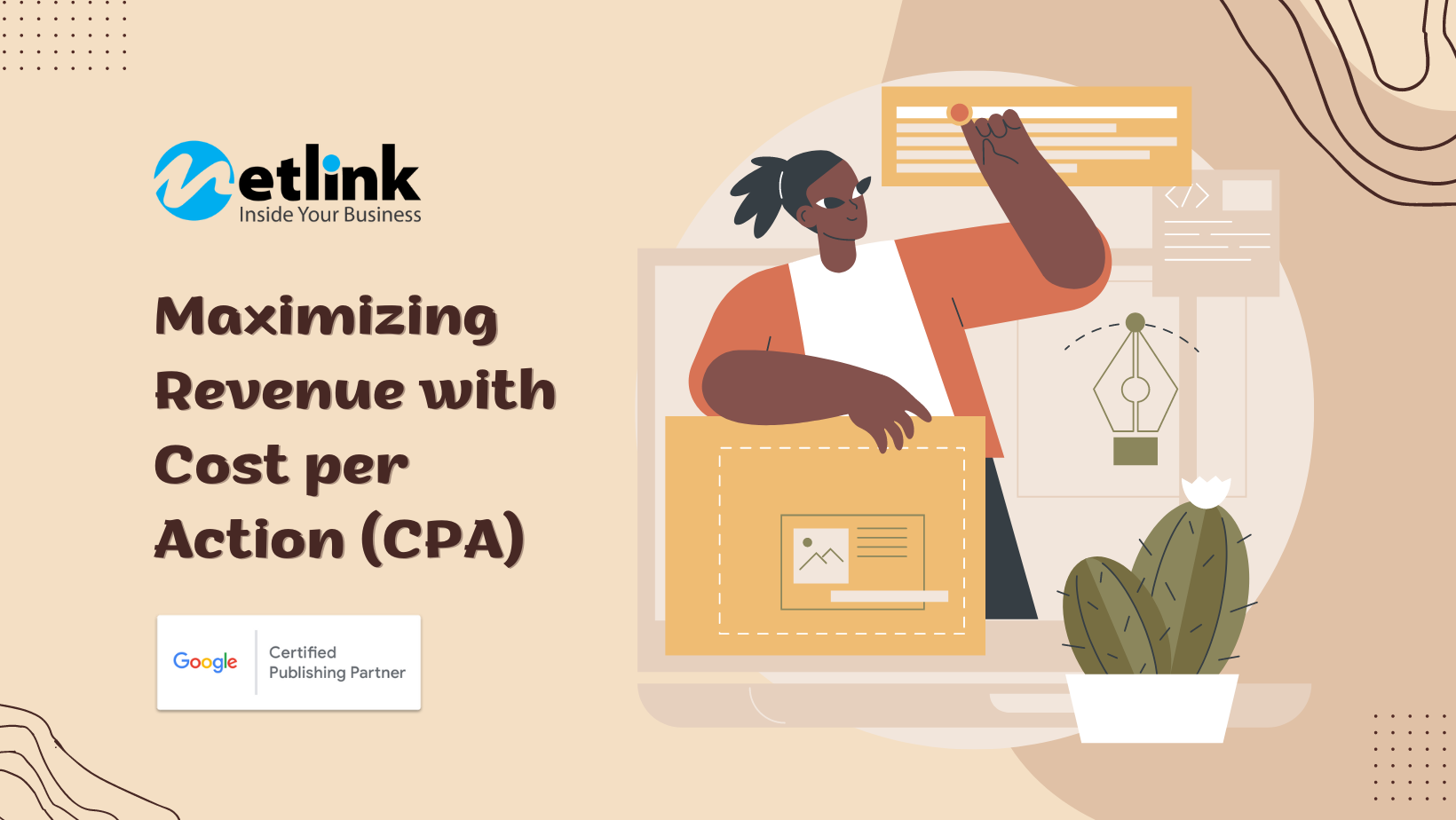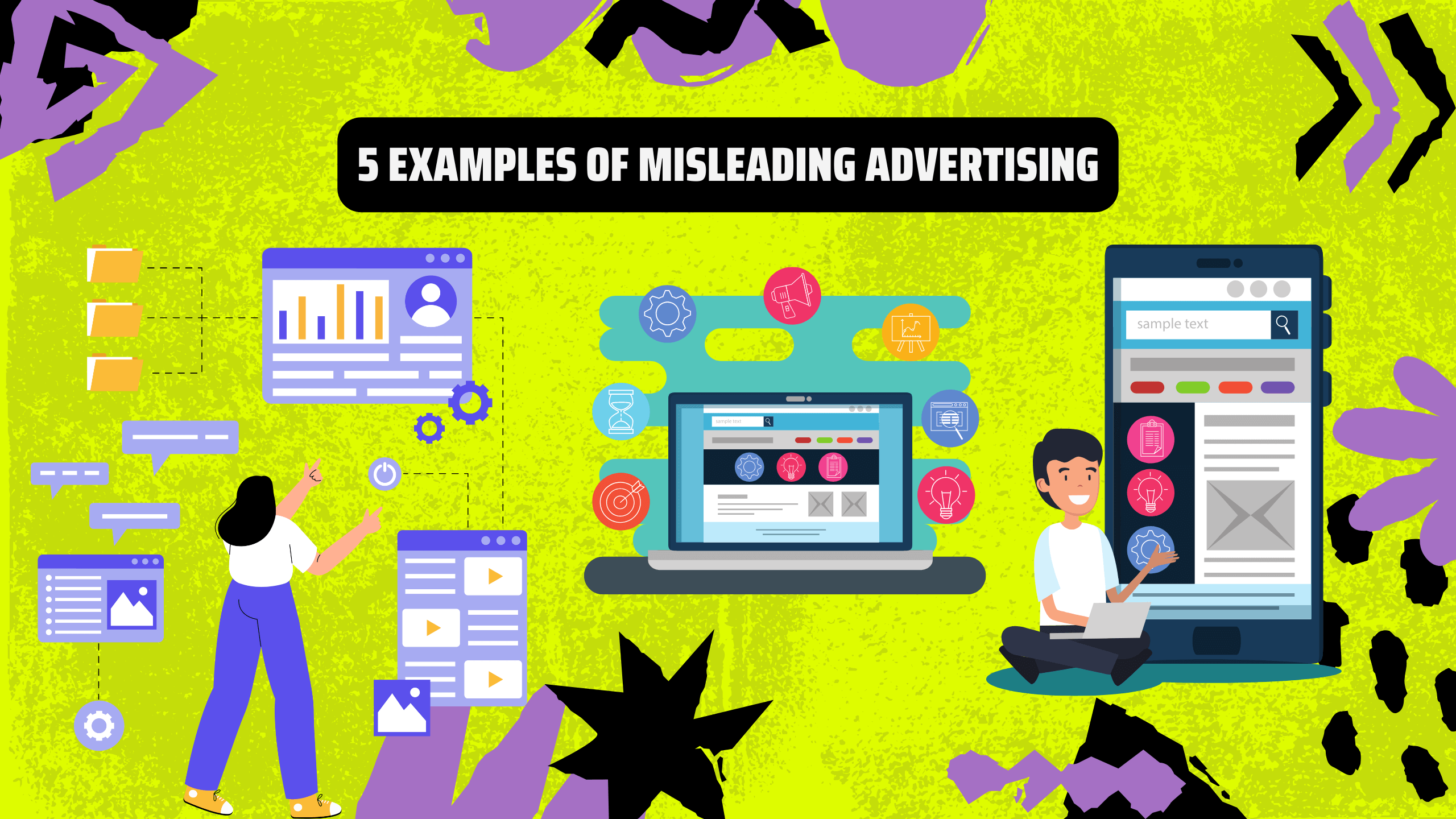In the ever-evolving landscape of digital advertising, publishers face the challenge of maximizing their revenue streams. One effective pricing model that can help publishers achieve their goals is cost per action (CPA). In this blog, we’ll explore the concept of CPA, its relevance for publishers, and how they can leverage it to optimize their monetization strategy. Get ready to discover the power of CPA and take your revenue generation to new heights!
I. Understanding Cost per Action (CPA):
Cost per action (CPA) is an advertising pricing model where advertisers pay based on specific actions taken by users, such as sign-ups, purchases, or form submissions. Unlike other pricing models, CPA allows publishers to generate revenue beyond just ad impressions or clicks. Advertisers define the desired action, and publishers earn a commission when users successfully complete the action.
II. Relevance of CPA for Publishers:
For publishers who own apps or websites, CPA offers significant advantages in terms of revenue generation and monetization. Here’s why CPA is relevant and beneficial for publishers:
1. Diversified Revenue Streams:
CPA provides an opportunity for publishers to diversify their revenue streams beyond traditional advertising models. By earning commissions based on specific user actions, publishers can tap into additional income sources and reduce their reliance on impression-based advertising alone.
2. Higher Revenue Potential:
Compared to other pricing models, CPA typically offers higher revenue potential for publishers. Since CPA campaigns are based on user actions with higher conversion intent, the commissions earned per action tend to be more substantial, leading to increased revenue for publishers.

3. Performance-based Advertising:
CPA aligns incentives for publishers and advertisers by focusing on desired user actions. Publishers benefit from working with advertisers who have well-optimized campaigns and compelling offers, as it increases the likelihood of users converting and generating revenue for publishers.
III. Key Components and Considerations for CPA:
1. Conversion Tracking:
Accurate conversion tracking is crucial for CPA campaigns. Publishers must implement reliable tracking mechanisms to monitor user actions and ensure that conversions are correctly attributed to the appropriate campaigns.
2. Advertiser Partnerships:
Establishing strong partnerships with advertisers is vital for CPA success. Publishers should collaborate with advertisers whose offers align with their audience’s interests and preferences. This ensures better user engagement and higher conversion rates, leading to increased revenue for publishers.
3. Quality Traffic Sources:
To maximize CPA earnings, publishers need to focus on driving quality traffic to the advertiser’s offers. Targeted audience segmentation, optimization of traffic sources, and selecting the right promotional channels are essential to attract users who are more likely to convert.
IV. Benefits and Advantages of CPA for Publishers:
1. Enhanced Monetization Opportunities:
CPA enables publishers to expand their monetization opportunities beyond traditional ad formats. By promoting relevant offers to their audience and driving valuable actions, publishers can unlock new revenue streams and increase overall monetization effectiveness.

2. Improved User Experience:
Since CPA campaigns focus on specific user actions, the promoted offers are often more relevant and valuable to users. This enhances the user experience by presenting them with offers that align with their interests and needs, resulting in increased user satisfaction and engagement.
3. Performance Tracking and Optimization:
CPA campaigns provide publishers with robust performance tracking and optimization capabilities. Publishers can analyze the success of various campaigns, optimize their promotional strategies, and make data-driven decisions to maximize their earnings and improve campaign performance.
V. Best Practices for Successful CPA Campaigns:
1. Audience Targeting:
Identify and understand your audience to ensure you’re promoting CPA offers that resonate with their interests and needs. Leverage user data, demographics, and behavior insights to create targeted campaigns and improve conversion rates.
2. Offer Selection:
Carefully select CPA offers that align with your audience’s preferences and interests. Focus on high-converting offers with compelling payouts and strong advertiser reputations to maximize your revenue potential.
3. Conversion Tracking and Reporting:
Implement reliable tracking tools and regularly monitor your conversion rates. Analyze your campaign performance, identify areas for improvement, and leverage reporting features to optimize your promotional efforts.
VI. Challenges and Considerations:
1. Offer Relevance:
Ensuring that the CPA offers promoted align with your audience’s interests can be a challenge. Conduct thorough research, test different offers, and solicit feedback from your audience to identify the most relevant and appealing offers.

2. Conversion Quality:
Not all user actions may result in high-quality conversions. It’s essential to assess the quality of conversions and work with advertisers who have reliable tracking and validation processes to avoid potential issues and disputes.
VII. Future Trends and Opportunities:
1. Performance-Based AI Algorithms:
Advancements in artificial intelligence (AI) and machine learning algorithms can enhance CPA campaigns by optimizing targeting, predicting conversion likelihood, and improving overall campaign performance. Publishers can leverage AI-driven tools to drive better results and increase revenue.
2. Automation and Programmatic CPA:
The rise of programmatic advertising allows publishers to access a broader range of CPA offers. Automated systems can facilitate efficient matching of relevant offers with the publisher’s audience, streamlining the process and increasing revenue potential.
VIII. Conclusion:
Cost per action (CPA) presents a valuable monetization strategy for publishers, offering diversified revenue streams and higher earning potential. By leveraging CPA campaigns, publishers can maximize their revenue, provide relevant offers to their audience, and optimize their overall monetization strategy. Embrace the power of CPA and unlock new possibilities for revenue generation as a publisher in the digital advertising landscape!











